The UN has reported that global childhood vaccination rates have stagnated, with concerns over millions of children remaining un- or under-vaccinated compared to pre-pandemic levels. In 2023, 84 percent of children received the third dose of the DTP vaccine, marking no improvement from the previous year and signaling a halt in progress achieved in 2022 post the Covid-19 crisis. This stagnation has led to 2.7 million more children being left vulnerable, as compared to 2019 levels.
WHO's vaccine chief, Kate O'Brien, highlighted that the global immunization coverage hasn't fully rebounded from the setbacks during the pandemic, with 14.5 million children remaining unvaccinated. Particularly concerning is the rise of zero-dose children, reaching 14.5 million in 2023 from 12.8 million in 2019. This situation puts vulnerable children at severe risk of preventable diseases, exacerbated in conflict-affected regions where access to health services is constrained.
Moreover, there's alarm over measles vaccination rates, with only 83 percent receiving the first dose and 74 percent the necessary second dose globally. These figures are insufficient to prevent outbreaks, with over 300,000 measles cases reported in 2023, nearly tripling from previous years. Countries with low vaccination coverage, below 80 percent, face the highest risks, contrasting with those achieving strong coverage and experiencing no outbreaks.
While there's been progress in HPV vaccination for cervical cancer prevention, reaching 56 percent in high-income and 23 percent in lower-income countries, it falls short of the 90 percent target. This disparity underscores ongoing challenges in ensuring equitable access to vaccines globally, posing significant health risks to children worldwide.



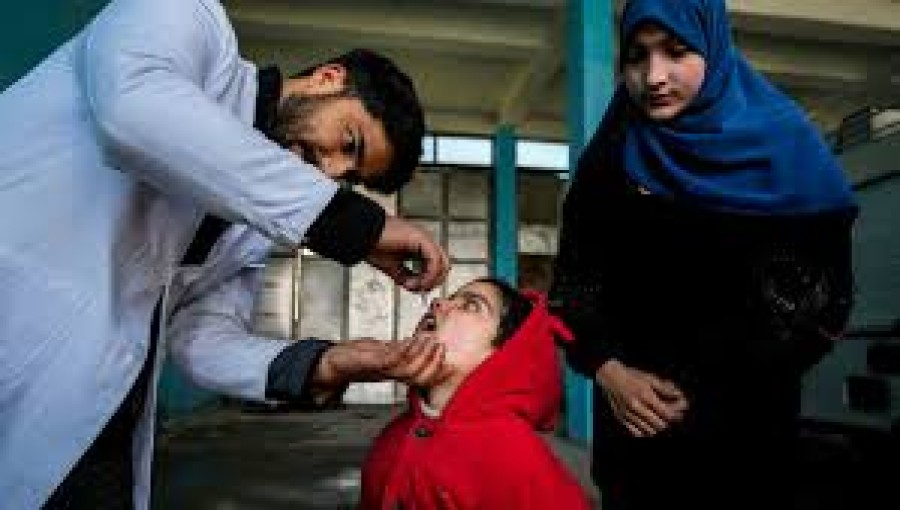
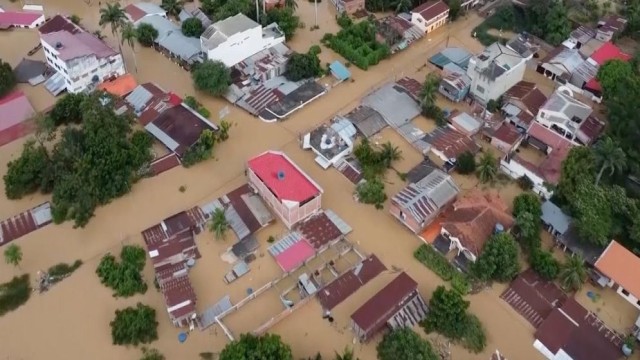
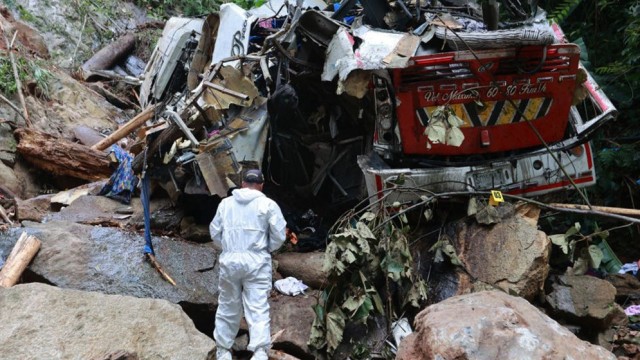
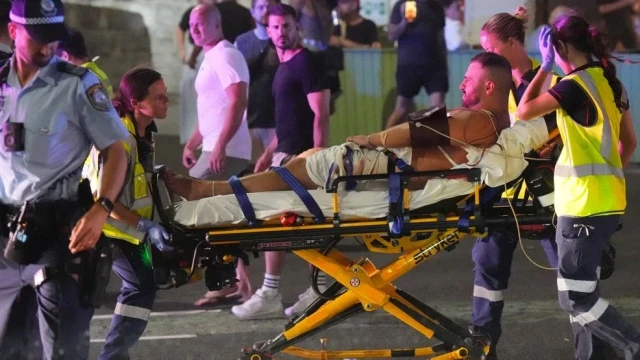
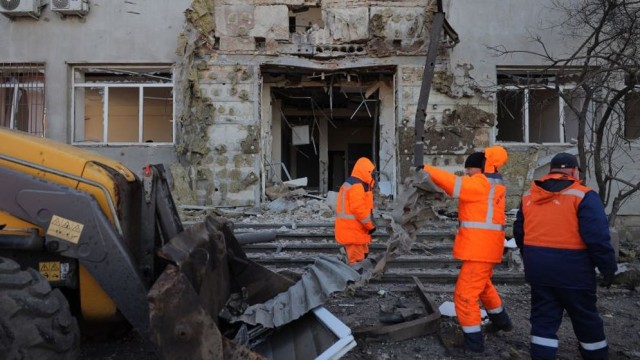
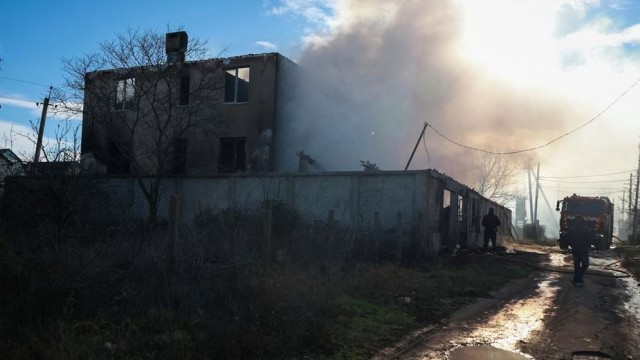
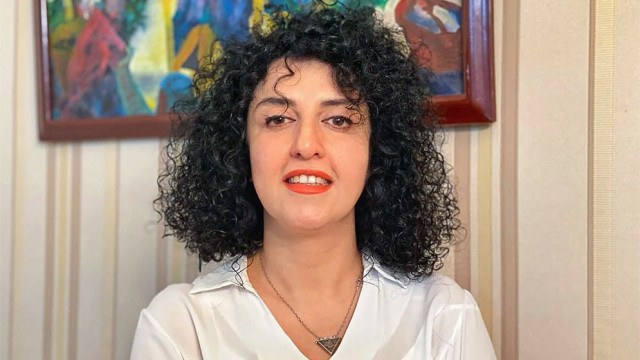
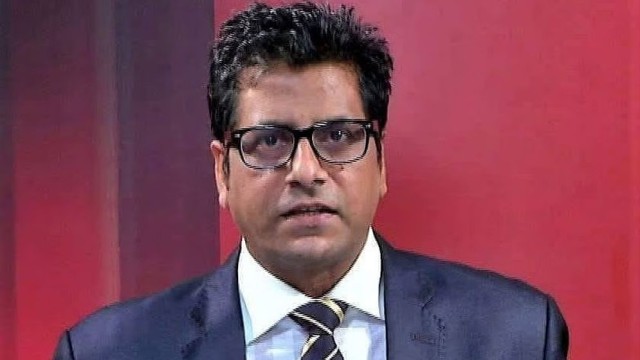
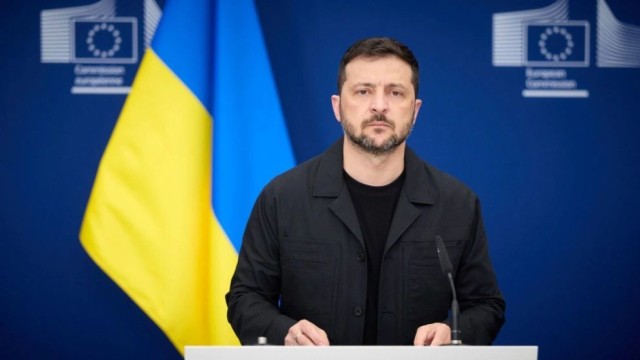

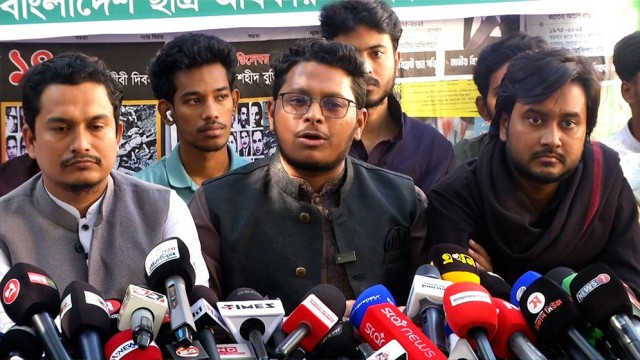

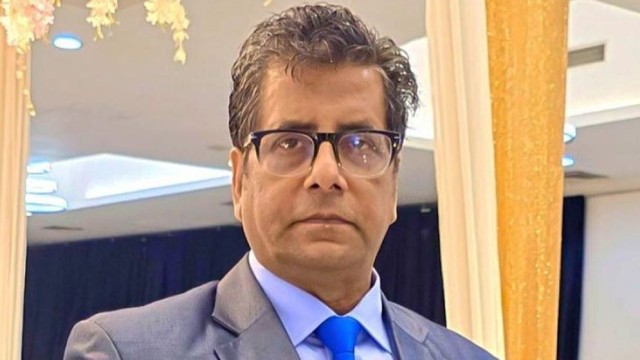
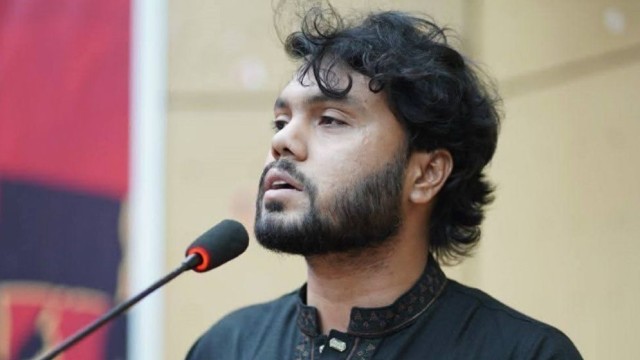

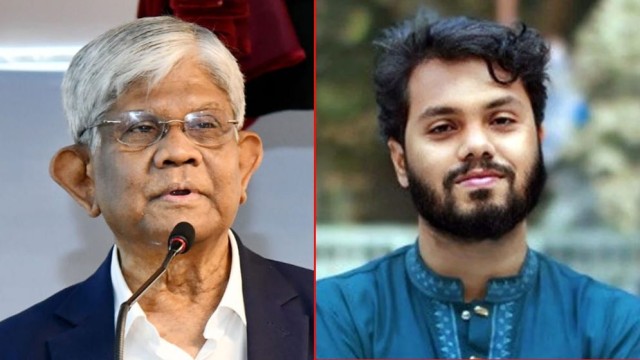










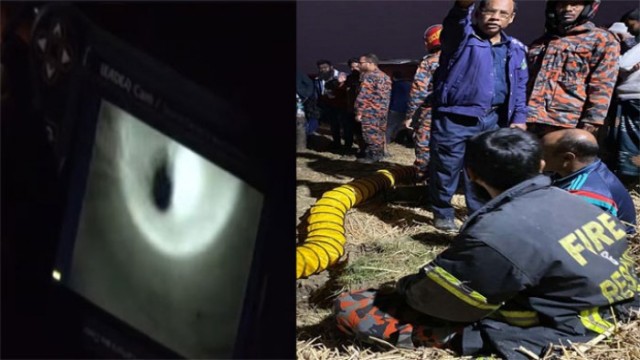
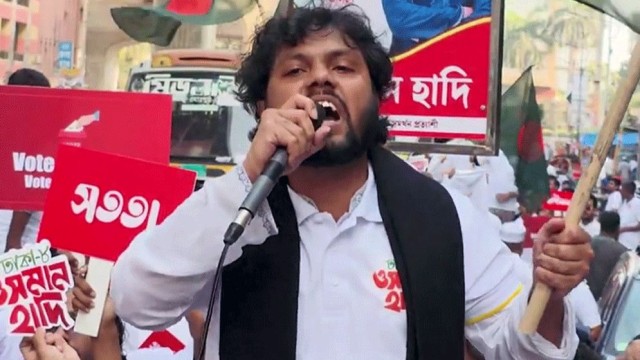
Comment: